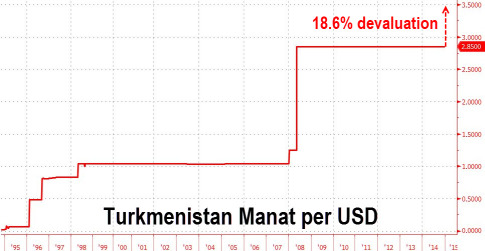Global Research reports:
A dangerous new fungus with the ability to destroy entire wheat fields has been detected in Iran, the United Nations Food and Agriculture Organization (FAO) reported today.
The wheat stem rust, whose spores are carried by wind across continents, was previously found in East Africa and Yemen and has moved to Iran, which said that laboratory tests have confirmed its presence in some localities in Broujerd and Hamedan in the country’s west.
Up to 80 per cent of all Asian and African wheat varieties are susceptible to the fungus, and major wheat-producing nations to Iran’s east – such as Afghanistan, India, Pakistan, Turkmenistan, Uzbekistan and Kazakhstan – should be on high alert, FAO warned.
“The fungus is spreading rapidly and could seriously lower wheat production in countries at direct risk,” said Shivaji Pandey, Director of FAO’s Plant Production and Protection Division.
He urged the control of the rust’s spread to lower the risk to countries already impacted by high food prices.
Iran has said that it will bolster its research capacity to tackle the new fungus and develop wheat varieties that are rust-resistant.
Called Ug99, the disease first surfaced in Uganda and subsequently spread to Kenya and Ethiopia, with both countries experiencing serious crop yield losses due to a serious rust epidemic last year. Also in 2007, FAO confirmed that a more virulent strain was found in Yemen.
Sure, maybe it was carried by the wind — and maybe the fungus was introduced by man. Not so much a conspiracy theory when history is taken into account. For instance, back in 1977, the San Francisco Chronicle reported the CIA dispatched “anti-Castro terrorists” to introduce “African swine fever virus into Cuba in 1971…. Six weeks later an outbreak of the disease forced the slaughter of 500,000 pigs to prevent a nationwide animal epidemic.” It was so scary that the United Nations Food and Agricultural Organization labeled the outbreak the “most alarming event” of 1971.
Read moreIran’s Wheat Fungus: Coincidence or Biological Warfare?

